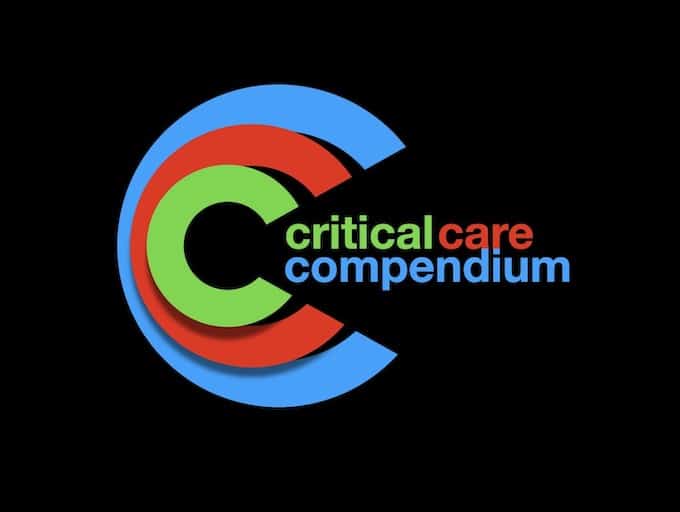
Bronchiectasis DDx
Bronchiectasis is a suppurative lung disease characterised by the presence of permanently and abnormally widened (dilated) bronchial airways. Bronchiectasis may be the end result of a number of etiological processes.

Bronchiectasis is a suppurative lung disease characterised by the presence of permanently and abnormally widened (dilated) bronchial airways. Bronchiectasis may be the end result of a number of etiological processes.

Ideal helicopter ventilator

Reviewed and revised 20 December 2015 OVERVIEW At least 178 different sepsis biomarkers have been described in the published medical literature, reflecting the complex pathophysiology of sepsis e.g. coagulation, complement, contact system activation, inflammation, and apoptosis also biomarkers of complications, e.g.…

Arthritis is inflammation of a joint (redness, warmth, pain, swelling, loss of function) that may be acute or chronic, and affect one or multiple joints.

Lithium: acute overdose is usually benign if adequate hydration is maintained and renal function is normal; chronic toxicity can be difficult to manage and result in devastating neurotoxicity

CLASS MECHANISM OF ACTION (1) low concentrations: methylene blue -> NADPH-dependent reduction to leucomethylene blue (due to action of methaemoglobin reductase) -> reduces methaemoglobin -> Hb(2) high concentrations: methylene blue -> converts ferrous iron of reduced Hb to ferric ion…

Hilar lymphadenopathy, seen on chest x-ray or chest CT, can be classified as unilateral or bilateral, and if bilateral as symmetrical or asymmetrical.

OVERVIEW In general terms, validity is “the quality of being true or correct”, it refers to the strength of results and how accurately they reflect the real world. Thus ‘validity’ can have quite different meanings depending on the context! Reliability…

Aspiration Pneumonia = aspiration of oropharyngeal contents which includes colonizing flora and leads to infection.

Propofol-related Infusion Syndrome is a life-threatening condition characterised by acute refractory bradycardia progressing to asystole

Ask the average lay person what they take the word evolution to mean, and few will reply “the change in the genetic frequency of a population over time”. The lack of understanding can be further evidenced by US figures where only 45% of people hold true the statement “human beings, as we know them, developed from earlier species of animals”.

Sodium Valproate: anticonvulsant; decreasing neuronal excitability or enhancing inhibition of neuronal transmission.